The skin of the chameleon and Bertozzi & Casoni's memento mori
New technologies, including those of ChatGPT, the artificial intelligence that seeks to simulate dialogue capabilities with a human interlocutor by giving the impression of exercising, precisely, a critical factor that makes the conversation credible, when applied to art what kind of transformation do they bring to a category such as verisimilitude? In my opinion, we are faced with forms of illusionism that make verisimilitude once again fundamental as a parameter of judgment, an aesthetic principle much discussed and considered, for example, in the Counter-Reformation, with Cardinal Paleotti’s two tomes on “sacred images,” as a counterpoint to Mannerist cerebralism, that is, anti-Classicism that rejected values of harmony, measure, aulicity and imitation typical of the Renaissance. Verisimilitude and naturalism were the two fundamental references of Paleotti’s Catholic aesthetics, of which Caravaggio represents - while innovating iconographies and genres and pushing the pedal of truth achieved in painting by having the real model in front of him - the apex of an idea that does not stop at imitating the real but interprets it by having the verisimilar as a comparison. Does it make sense, then, to ask even today what about verisimilitude?
I think it is even necessary, in an age where Kitsch has become the great unifier of styles and taste, because it can help us to rediscover what had been lost in the various avant-garde forms, including asking to what extent art “progresses” (I find myself here with Benedetto Croce when he says that in ’art there is no progress, but avoiding all idealism I believe Henri Focillon was right when, to the term “evolution,” he always preferred that of “development,” and he gave an open reading of the historical continuum by fielding the model of “families” that diachronically link artists centuries apart: Giotto and Piero della Francesca with Caravaggio, for example). The question about the transformation of art in history finds in the ceramic sculptors Bertozzi&Casoni the test case for what “verisimilitude” is today. Which can also make the difference between work of art and decorative object: Fausto Melotti was reluctant, in fact, to apply himself to the production of terracotta tableware and furnishings in the 1930s and 1940s that Gio Ponti commissioned him to make for a commercial purpose (ocean liners) because he considered that commitment other than the reasons for art, but then he accepted because this servile work, so to speak, ensured his survival and gave him time to do ceramic-sculpture (but some of his furnishings are still wonderful today); another artist who, on the other hand, devoted himself only to terracotta sculpture and died prematurely in the war in 1941, Salvatore Fancello, from the beginning gave shape to creations of superb imagination by elaborating a bestiary for which he experimented with new techniques and, in Albisola, working alongside Fontana: some say he left a mark on the Italian-Argentine’s reflexive terracottas. The art of ceramics, more than the design of objects, has something to spend precisely in a direction that reaches full expression when through appearance it enters deeply into the search for the true and the beautiful. In this we experience what isirrevocable that belongs to us and calls to us, the philosopher Vladimir Jankélévitch would say, that makes us stand suspended between a kind of semi-impotence and semi-power, the amphibious condition of modern man, moreover, and the highest trampoline for the artist. And the Bertozzi&Casoni tandem is an eloquent representation of this, which has grown over the years to produce fruits of abnormal and bursting expressive power precisely as an approximation to the border and overcoming the verisimilitude.
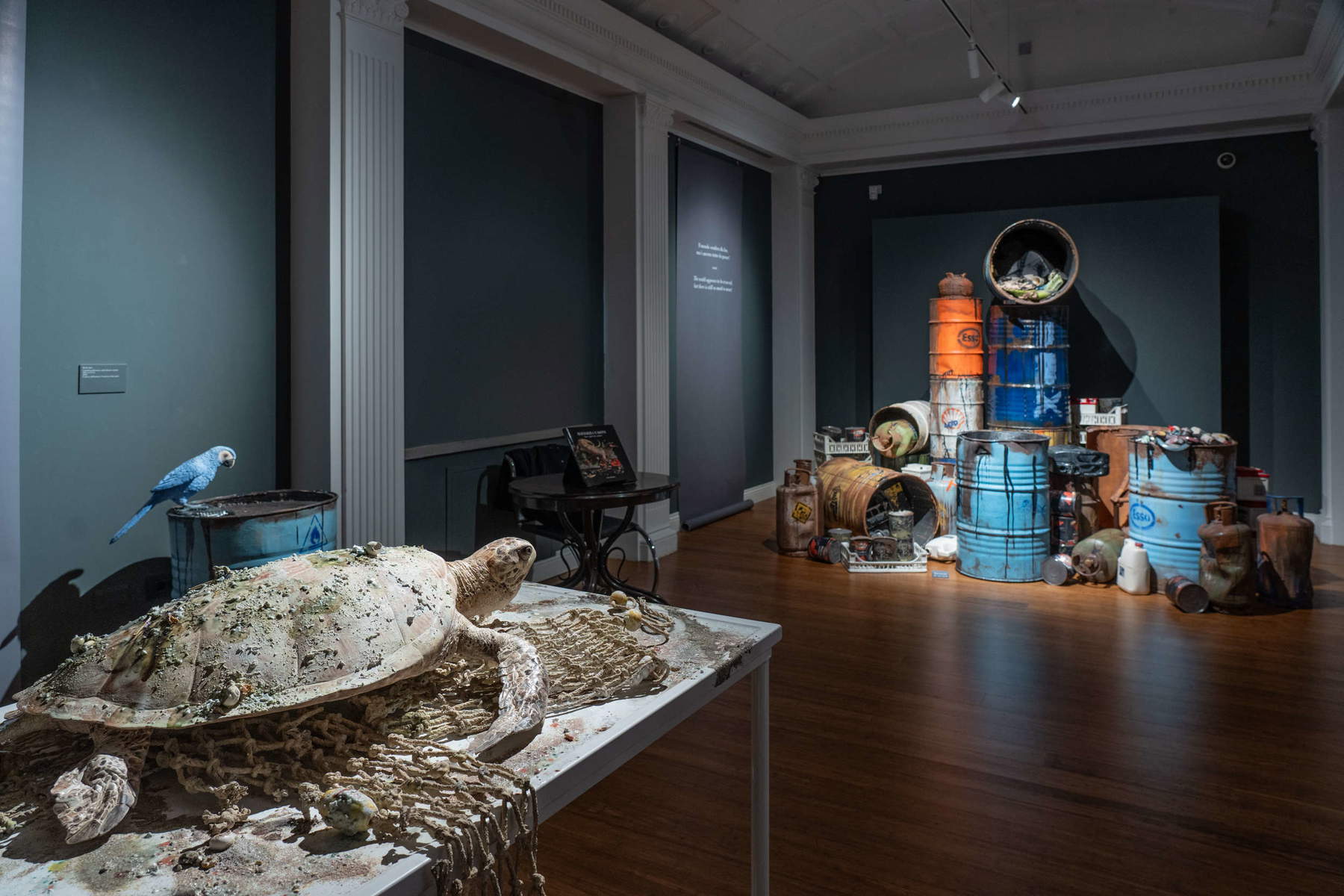
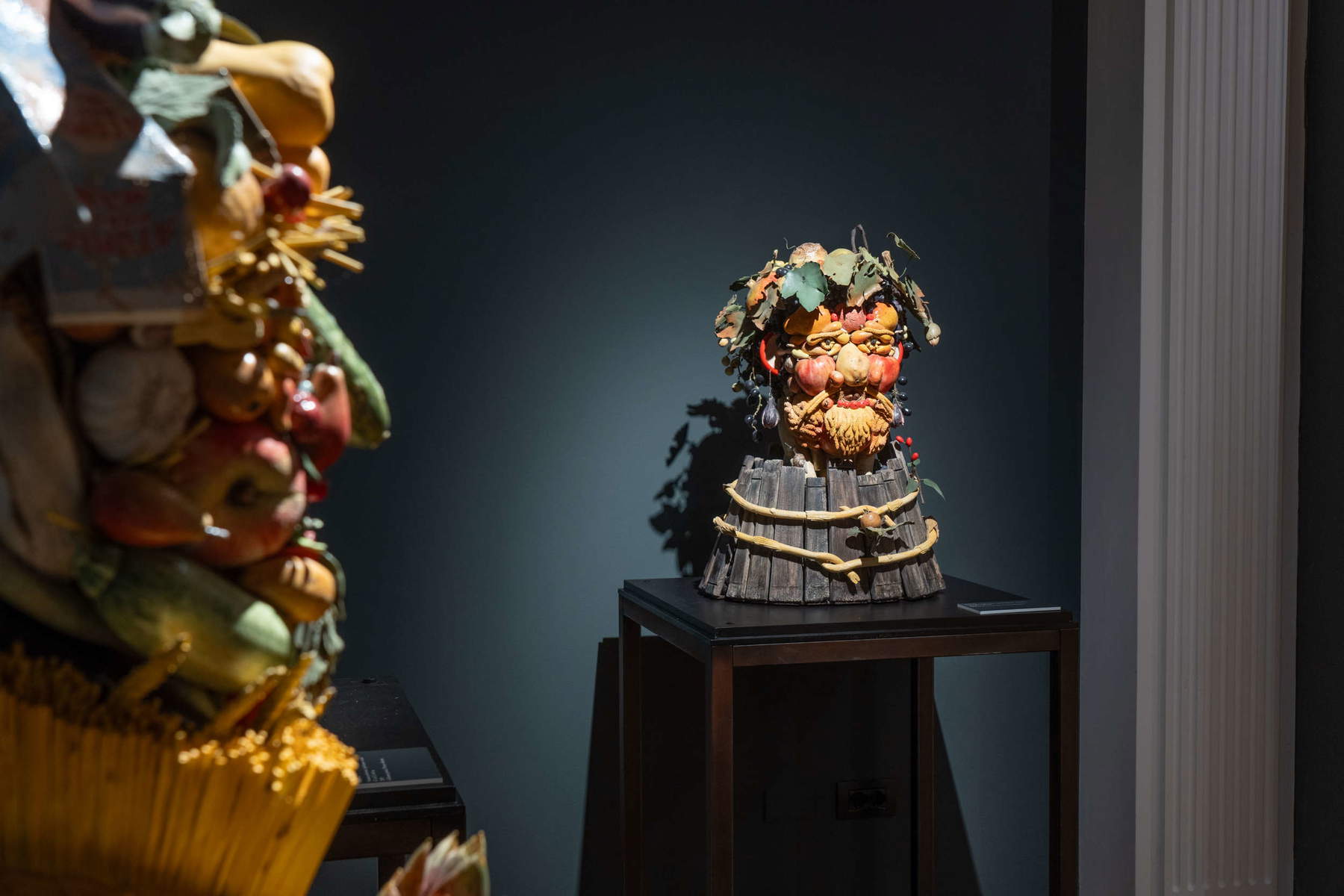
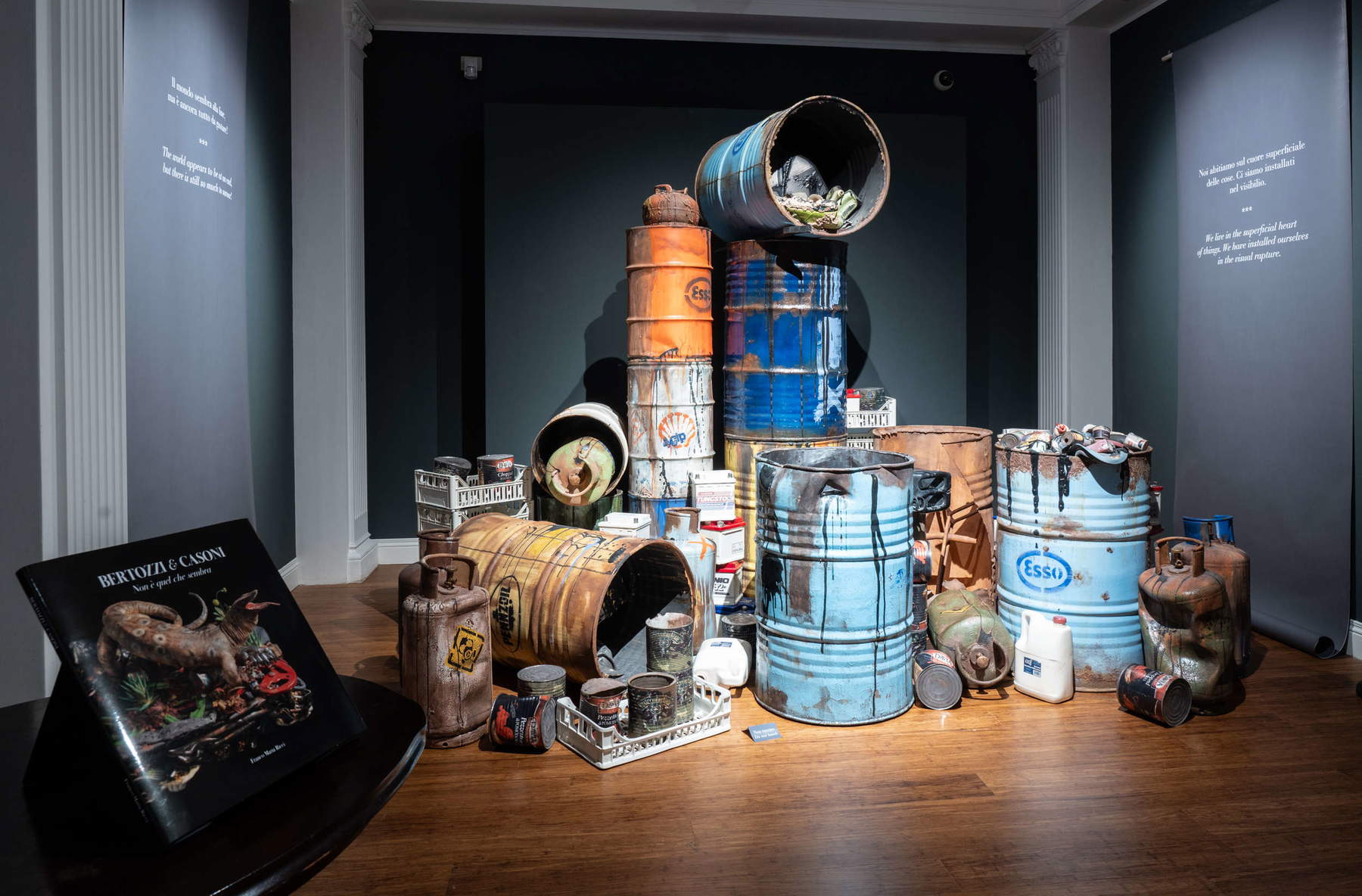
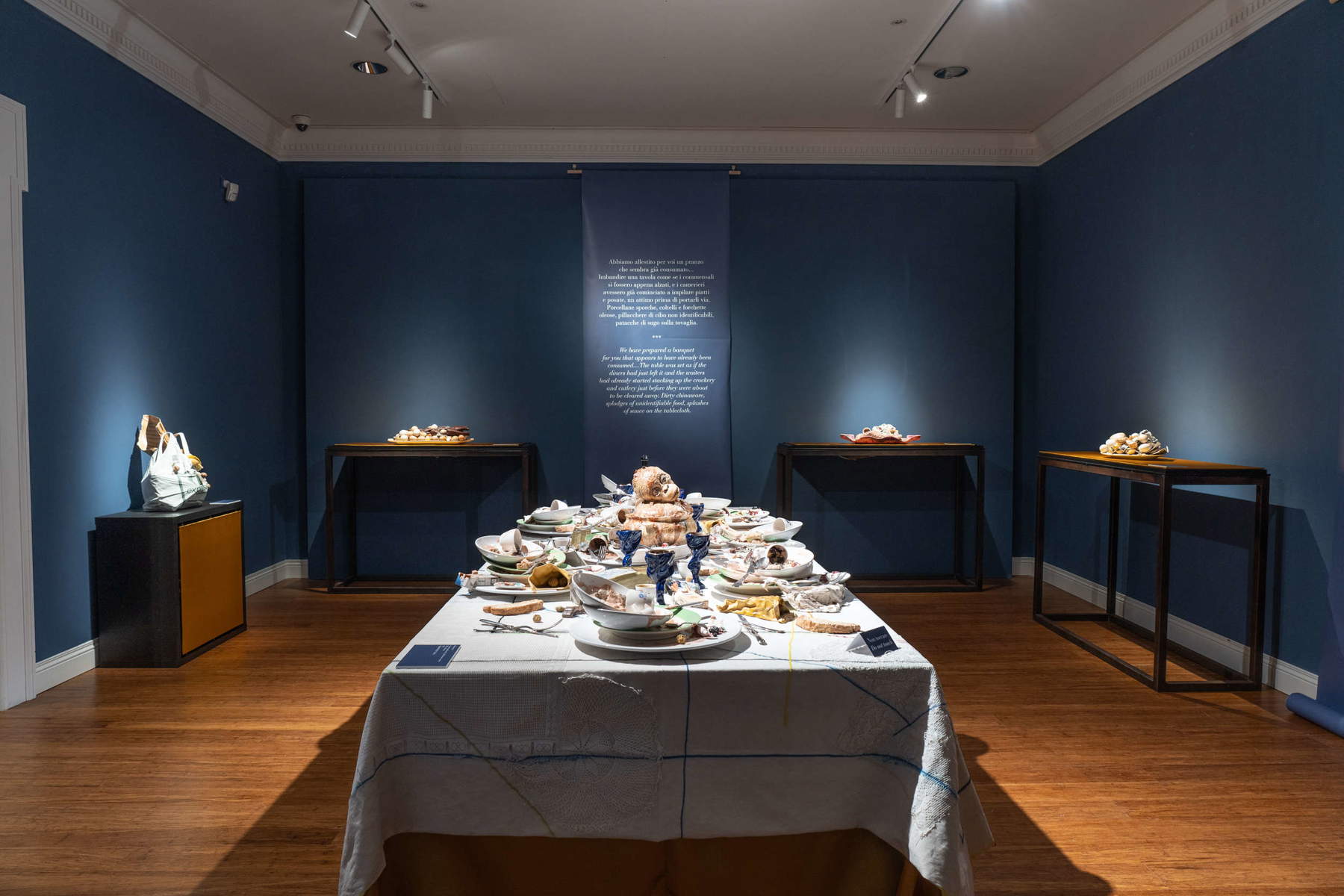
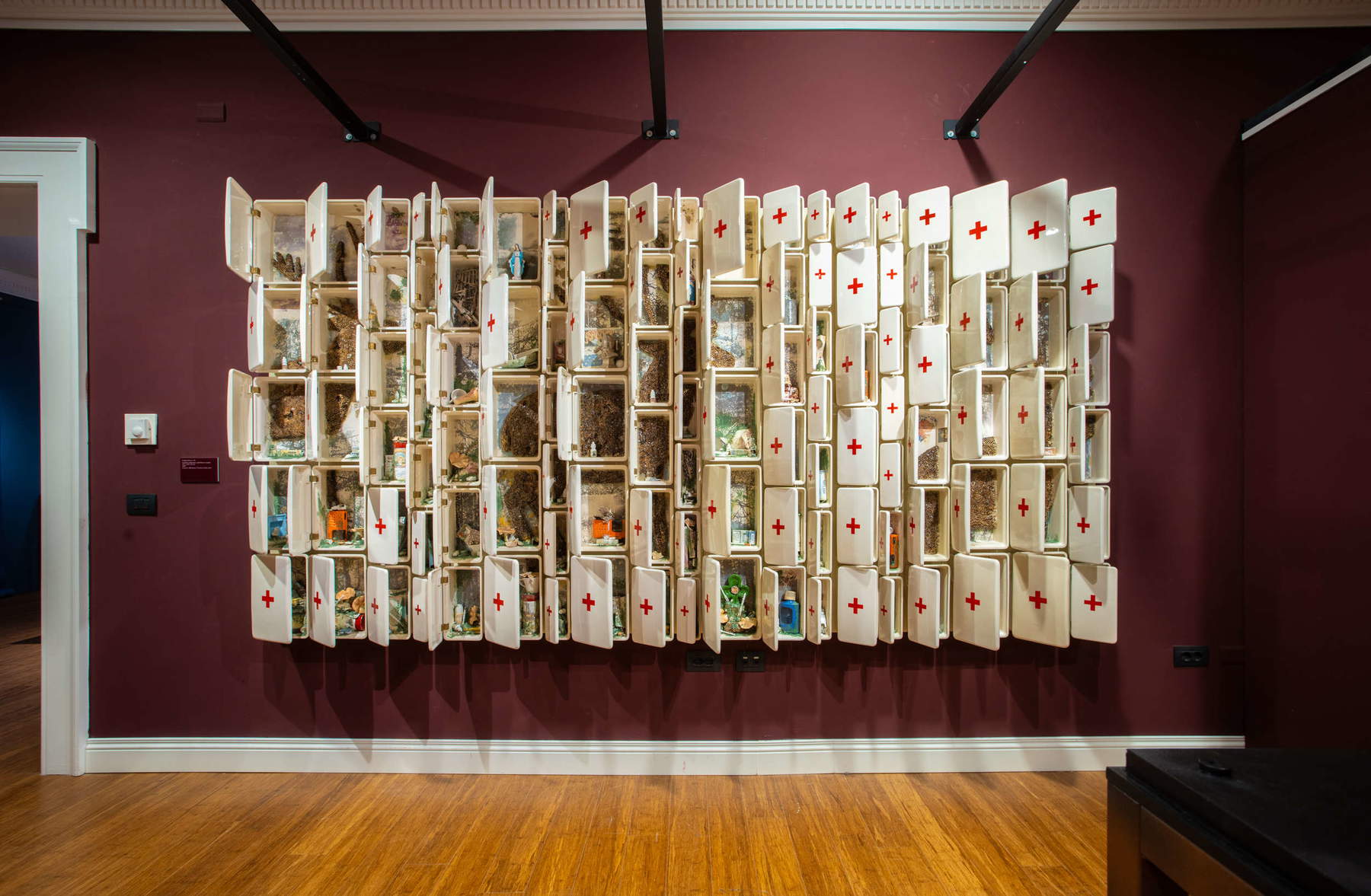
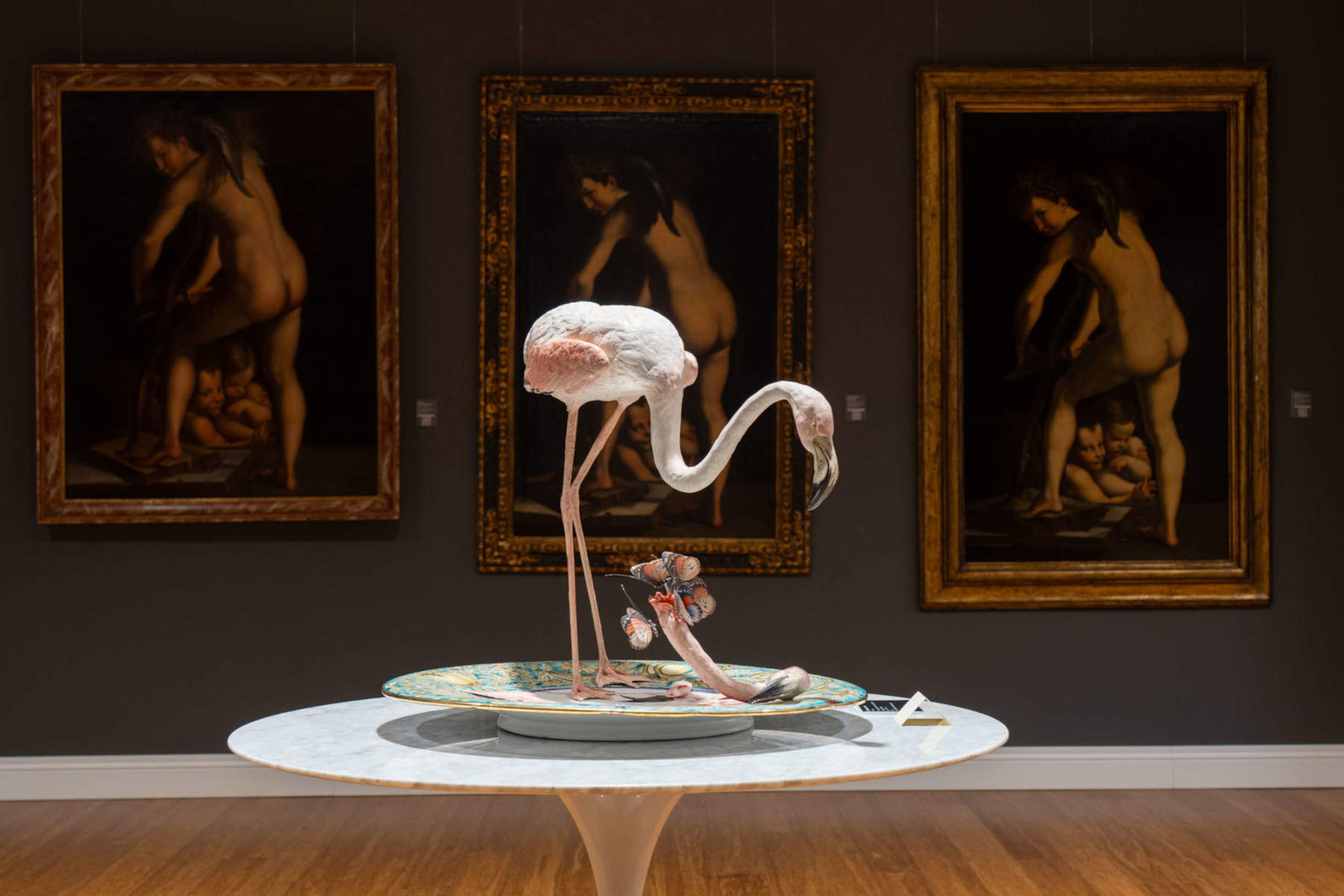
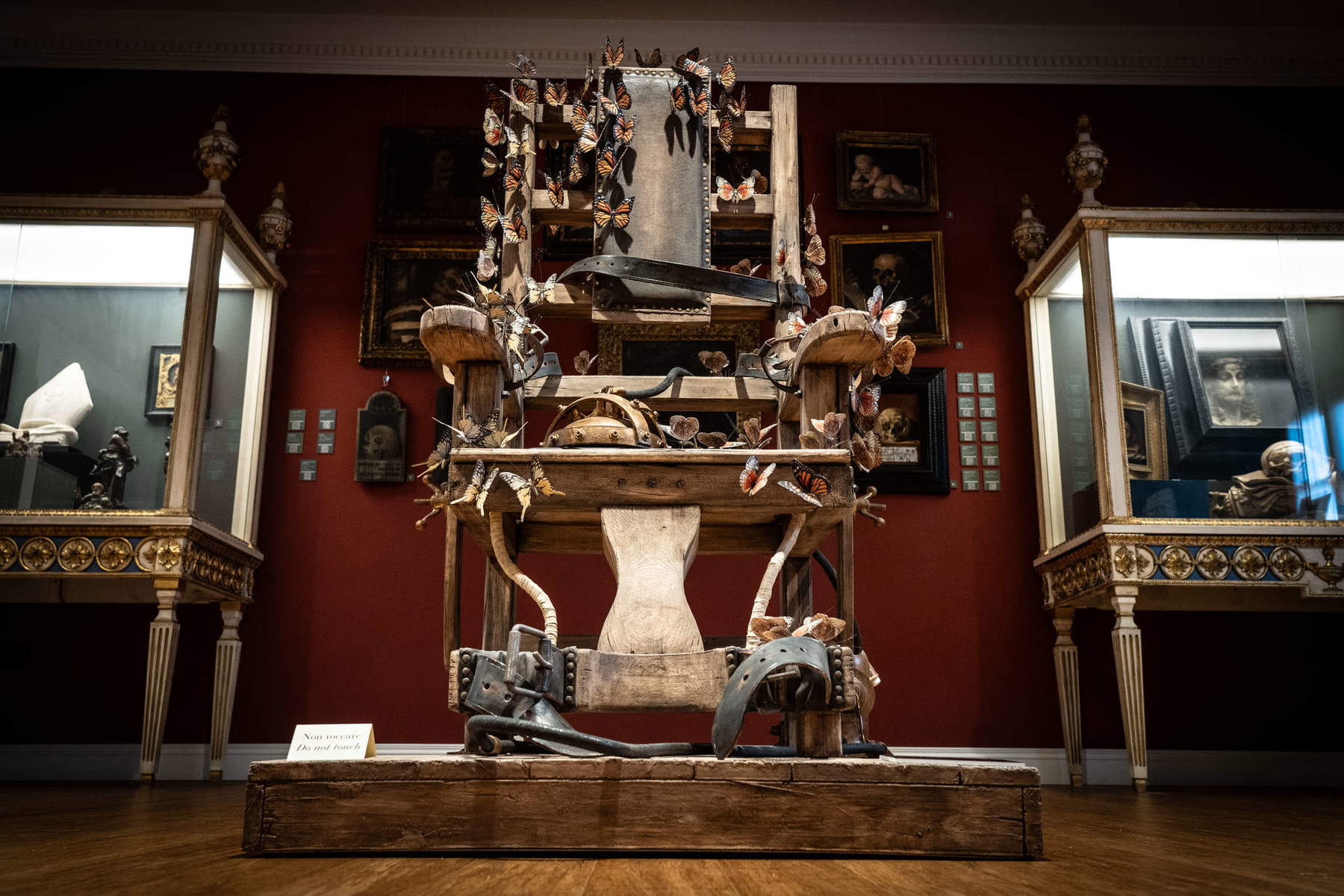
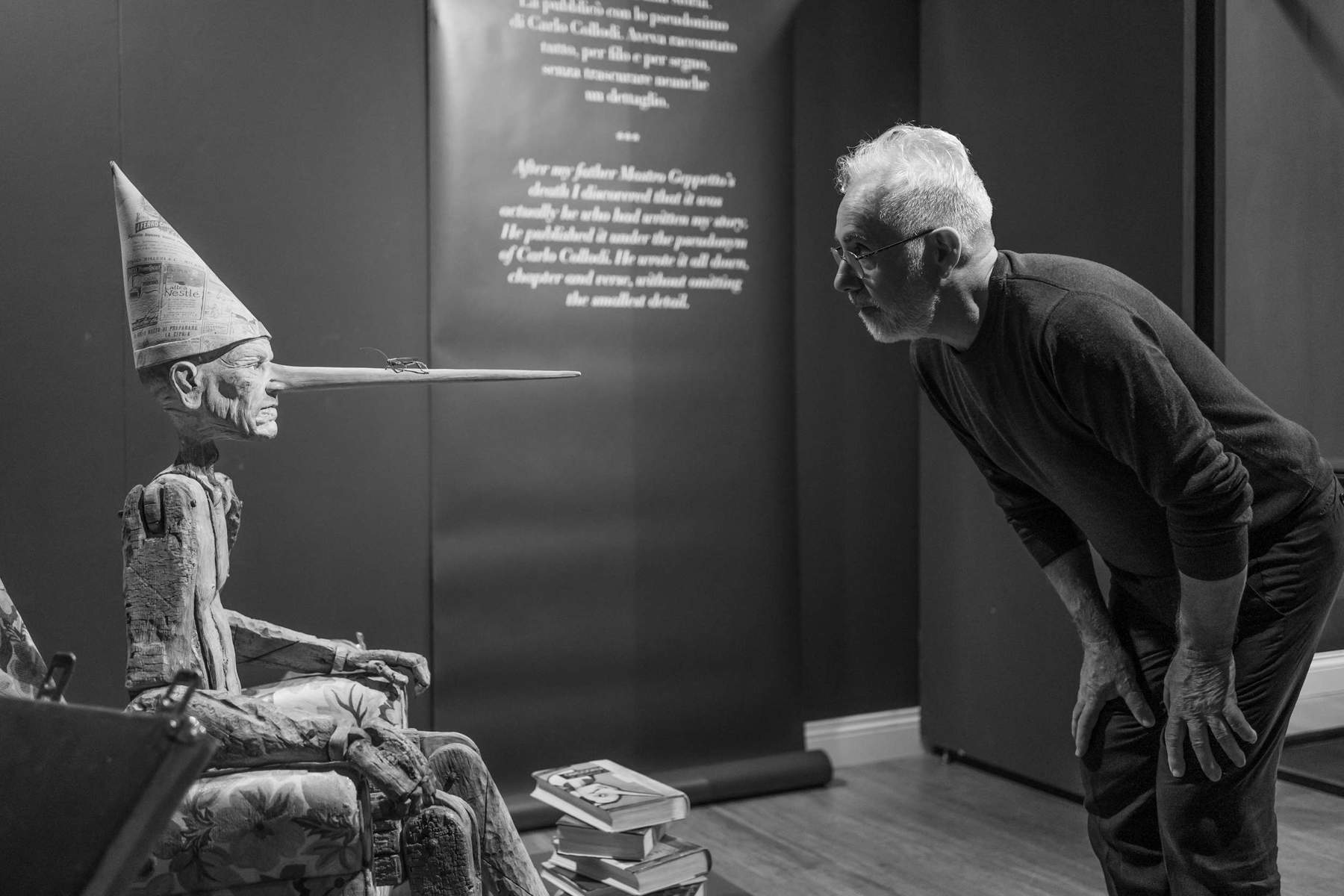
If we could agree with French biologist Jean-Pierre Changeaux-who proposes an “epochal” leap from the mental to the neural condition-everything could resolve itself into an algorithm. If we could: but we cannot. Our challenge lies entirely in our willingness to deceive the semblant. In current terms, the semblant is no longer an imitation of reality; it is before and beyond it. Called ChatGPT, it is precisely created intelligence that in essence can lie to us by making us believe it is telling the truth: with software called chat bots, it offers automatic responses whose goal is to seem human. This could be the paradox of the Cretan Liar turned into a much simpler truth than it appears: the Cretan Liar is a paradox because his truth is contestable, that is, it applies in both directions: he lies by claiming to be telling the truth, he tells the truth but propels us a lie. Yet, logic disproves it and, at the same time, it provokes us because it asserts that “anything can be true.” ChatGPT’s visual forerunner goes back to the very ancient evidence of Zeuxius and Parrasius, the two Greeks who challenged each other with painting. We are all familiar with it. Zeusi’s grape is a real that deceives the birds, but it does not lie (its modus operandi stretches the net of verisimilitude whose coordinates are meant to insinuate perfection); its lie is illusion, but illusion sometimes prompts one to see beyond appearances (the false reveals); Parrasius draws the ultimate consequences: a veil hides what is underneath, but it can never be lifted, for it is already all that can be seen(Alètheia, truth, is “the state of not being hidden; the state of being evident.” that which is not, can it remain suspended from our gaze a moment before Parrase’s red drape turns out to be an impossible, but true, in that it is only painting?). Zeusi retries by painting a boy holding a basket of grapes, and the birds again go to peck at the fruit. Zeuxis becomes annoyed, because if his painting were so perfect as to fool the eye, the birds would never approach the canvas, fearing the reaction of the boy (too imperfect to seem real, but this opens the way to the verisimilitude). The conflict here, however, is not between human perception and art deception, but between nature and culture. A very central theme today, as Artificial Intelligence provokes the human ability to separate the wheat from the chaff (what today, for example, puts information that becomes propaganda on the stand). Which ultimately tells us that perfection is man’s great illusion.
Bertozzi&Casoni, who for more than forty years have formed the award-winning firm of ceramic sculpture and a brand with a corporate brand name, after two decades of commitment to Faenza majolica, since the year two thousand has adopted materials and technologies of industrial coinage where the result, even in experimentation, is the increasingly mimetic rendering of reality, but also anabnormal desecration of the real, because if one thing is certain for the two sculptors, it is that appearance, or semblance as it may be, must be rejected, as Edoardo Pepino, the director of Franco Maria Ricci’s Labirinto della Masone in Fontanellato, where there is (until Jan. 7) ananthological exhibition of the ceramicist Janus with works born in recent years (after the exhibition in Imola in three locations less than a year ago). Bertozzi from Bologna, Casoni from Ravenna, have united what tries to remain separate, the two souls of the region where they were born, beyond enduring parochialisms. “The works do not just imitate, but create new worlds, which we enter because they are similar in an almost reassuring way to our own,” Pepino writes. If this were the case, it would all be left once again to our limited ability to discern the real, but we would end up displeasing the demiurge since Bertozzi&Casoni’s worlds would upset no one: the title of the exhibition is vaguely Magrittian: It’s not what it seems. Instead, just the opposite happens, and the most obvious symptom of this “devilish” aura is in the formidable and Mephistophelian adult and polyglot Pinocchio, whose luciferous gaze confirms his stinging soul, as a true trickster, which becomes the cause of ulcers for the poor cetacean who found him in his belly. The sculpture of the two artists (Casoni died, however, in 2023) is very irritating, giving immediate skin allergies, that surfaceherpes takes root and produces anaphylactic crises that suffocate the gaze and all feeling, scraping the deepest spheres of our hypersensitivity uniting, as if in a renewed burst of Baroque fury, wonder and revulsion, the hypertrophic and the bulimic, the alchemical and the deadly, the icy and the dreamlike; it composes worlds where vanitas seems to be at the center, but what dominates is the two sculptors’ inexorable struggle with the transience of life, forms, wreckage and waste of ’existence; in other words - and here we should be able to ask Casoni - theirs is a will to save the salvageable from the clutches of death, be it even a dented and rusted bin, a cigarette butt, a table set with the furnishings and the trousseaux of cups plates and crockery abandoned as postprandial relics of consumed feasts, with their desserts, the various lecornias that lead not right to Spoerri’s Eat Art but to a hyperbaroque of sumptuous dépense, which does not subside, but with earth and fire vents its poisons on a vitrified, glazed skin that catches reflections of light and refuses to surrender to the end that befalls everything in this world.
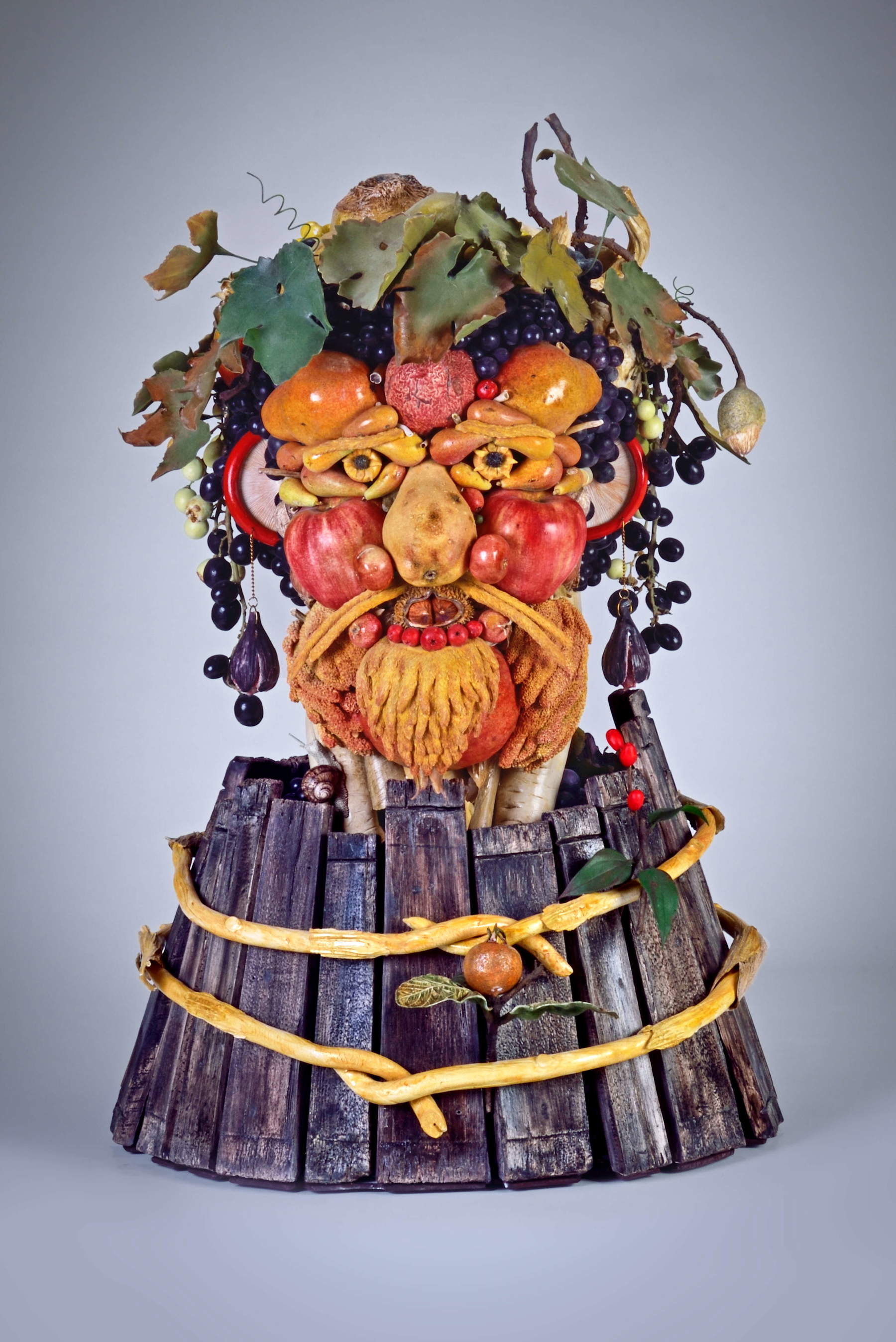
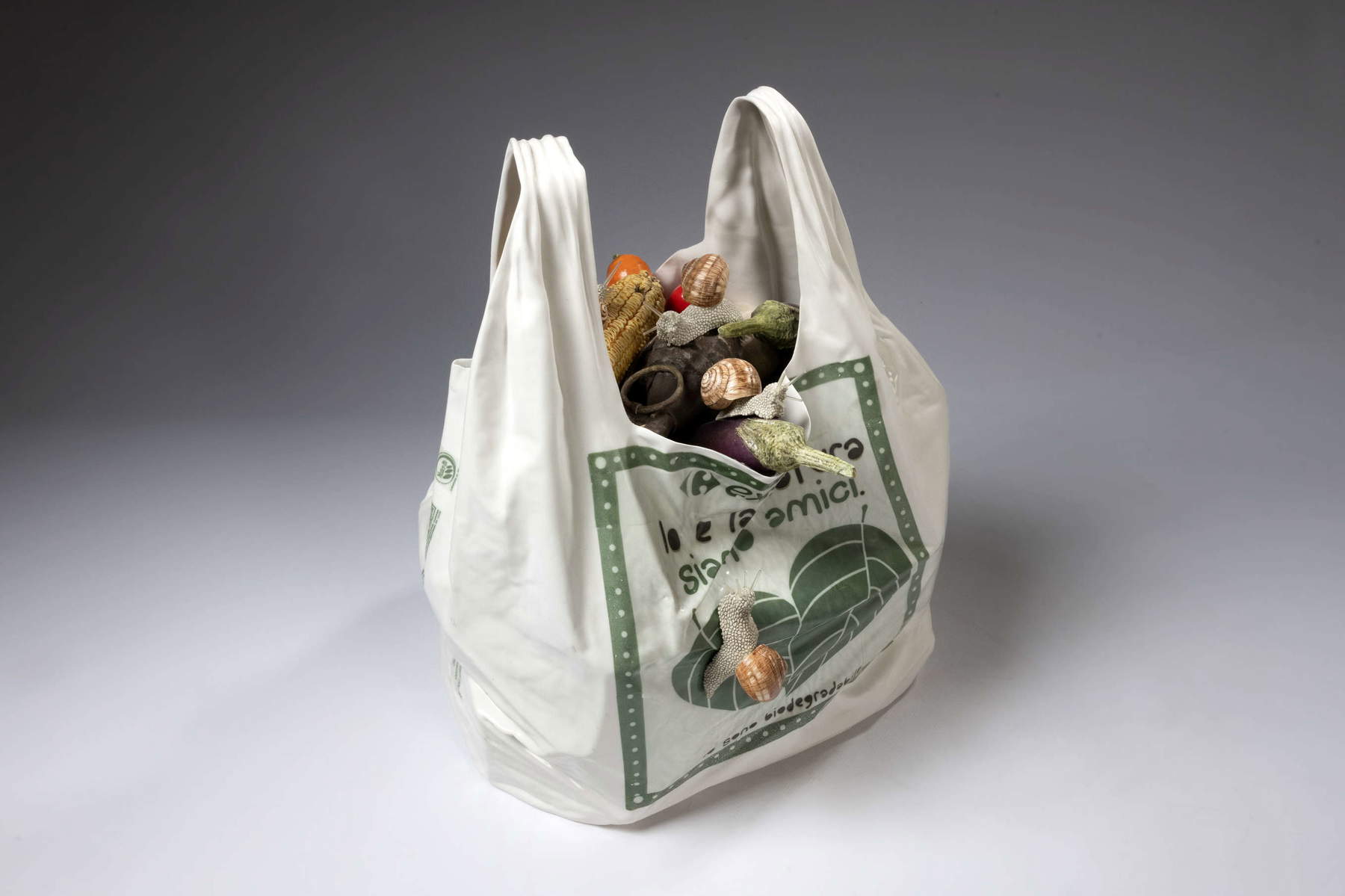
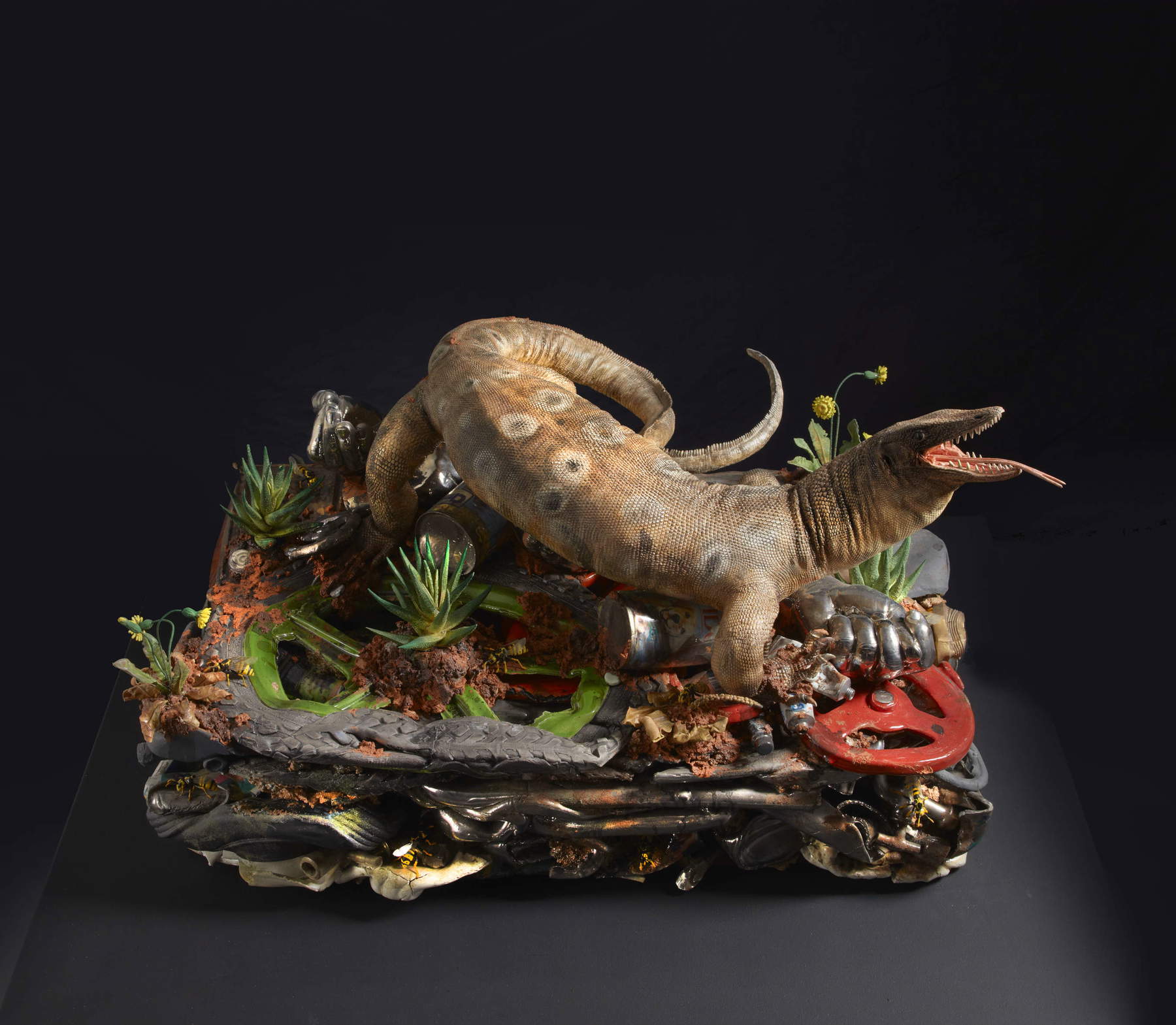
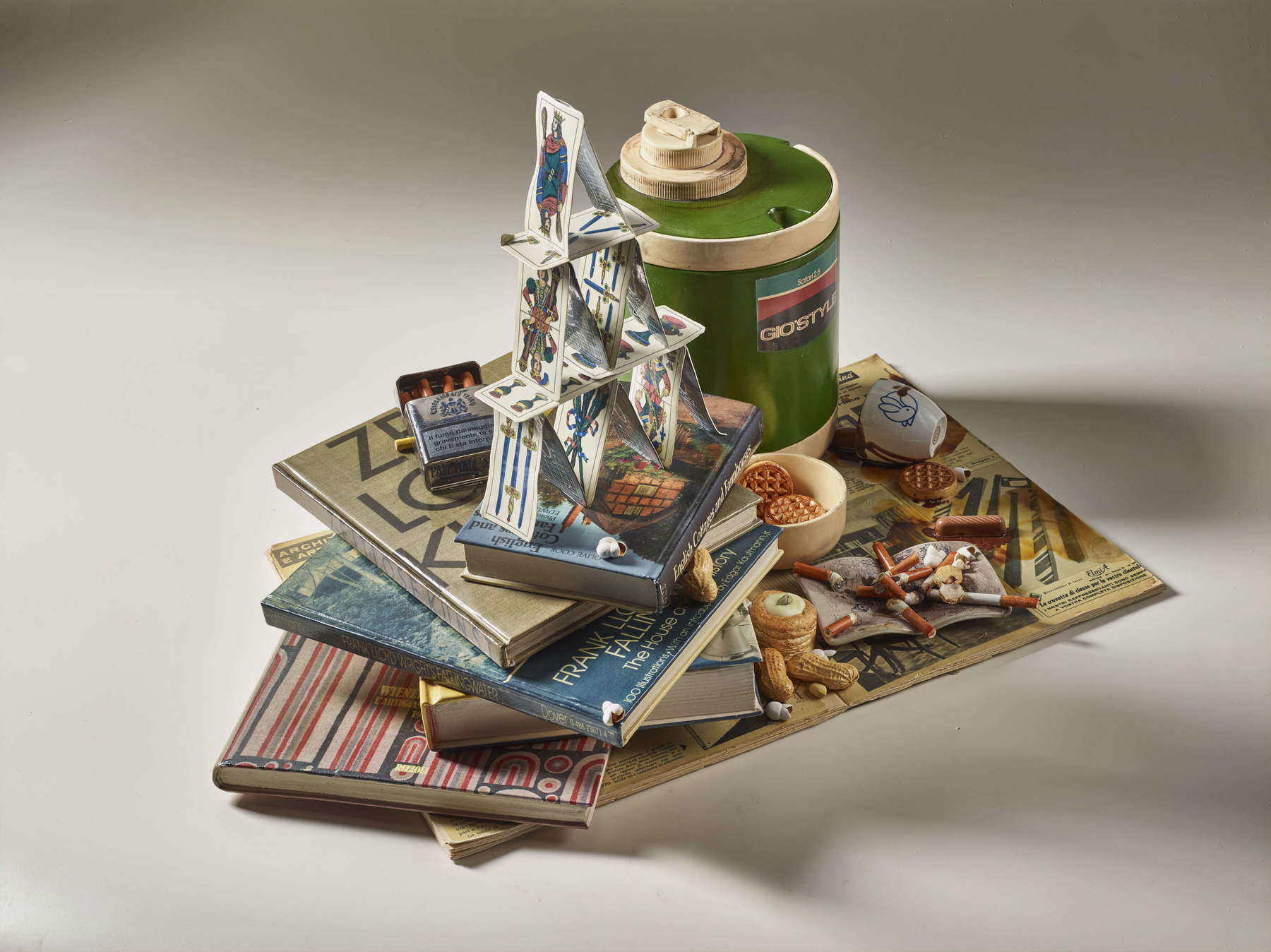

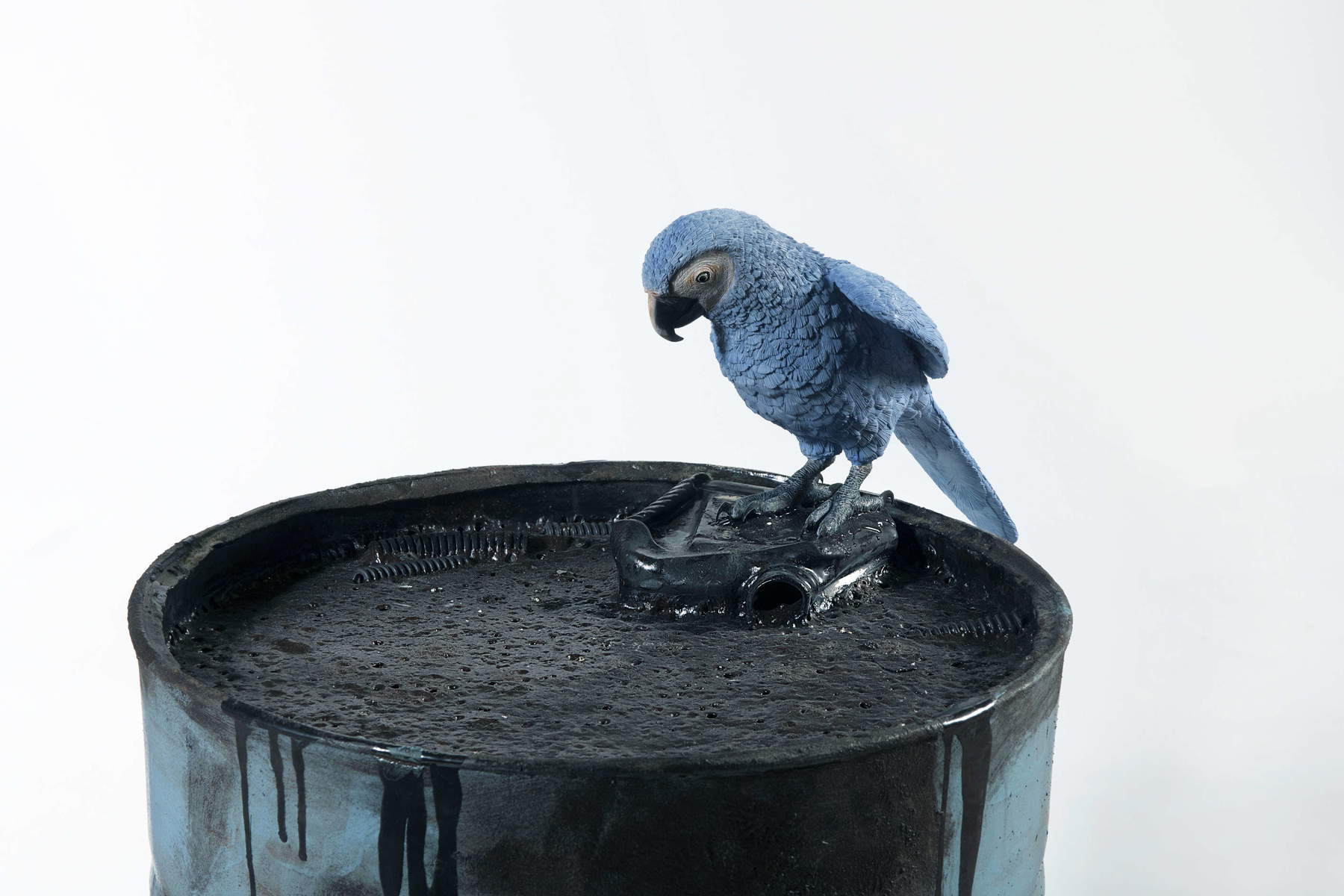
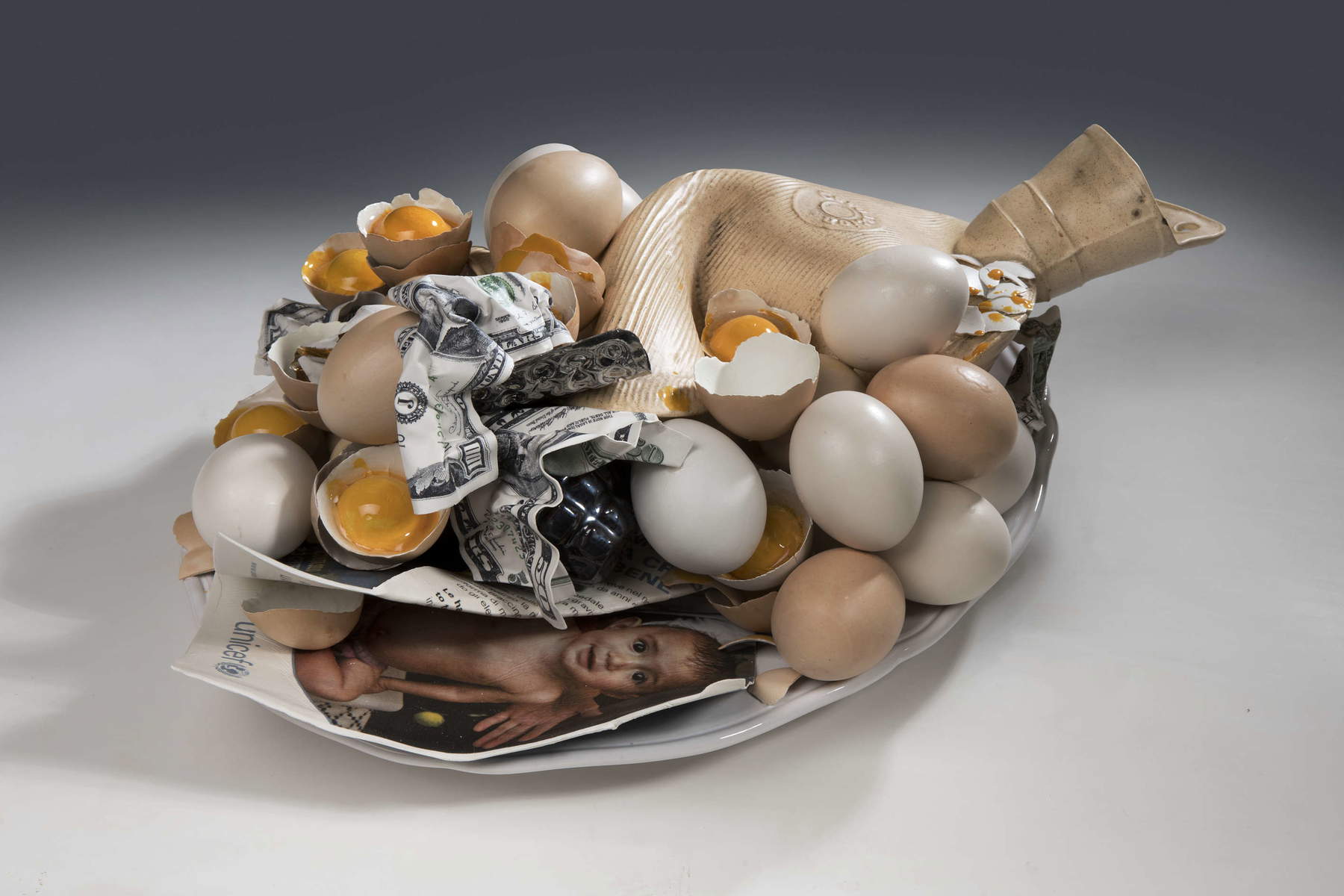
Years ago, when the stretch covered by Bertozzi&Casoni was such that an initial assessment was urgent or providential, the two artists prepared a catalog of their work between 1980 and 2010. Franco Bertoni, for several years director of the Faenza Museum of Ceramics, writing the introduction touched on a decisive point: Bertozzi&Casoni, having started from Faenza majolica and arrived at the ceramic polymaterics resulting from biochemical intersections that marked the turning point of collaboration with the Imola Ceramic Cooperative and some design technologies, projected their uniqueness in the international panorama: “they have freely pursued a task now given up and defunct: to reposition contemporary art on the long perspectives and directions of travel indicated by the great tradition of art.” One cannot be merely rupture; the true innovator changes the factors in the field by rethinking their aggregation. According to Bertoni, never before Bertozzi&Casoni had ceramics achieved such “hypnotic executive perfection.” But this can be affirmed because the two sculptors do not fear, Bertoni further said, “the comparison neither with the most sophisticated contemporary experiences nor with the ancient.”
It has been written, on the basis of some philological studies, that the alleged primacy of painting in Leonardo’s comparison of the arts was anticipated by Leonardo himself in a version where he argued that primacy belonged instead to polychrome terracotta. Modeling and color together is certainly a moment in the primitive universe of art to which fire later gave the plastic hardness necessary to stand in the third dimension. I will not dwell on this fascinating theme, however, one must take note that that artistic substance in Bertozzi&Casoni seems to open up to a new possibility (augmented verisimilitude), one where machines indulge theinventio of the artist by making resistant and shining what is supremely fragile: “a medium considered marginal and instead endowed with a singular and irreplaceable capacity for language,” Bertoni concludes. Hyperrealism hibernating in the sharpness of mimesis found in the algorithmic? Is it perhaps marvelous ugliness that speaks the language of a world, ours, where the baroque can be icy intelligence that entrusts science and technology with a heady but deadly task of perfection.
The emblem in Bertozzi&Casoni’s exhibition at Fontanellato is the tortoise crawling above the ruins of the human and the world. In its clumsy gait, it grinds slowly beneath itself every poetics of the fragment and does not even respect the authority of poets like Eliot and Pound, that is, it towers over relics of skeletons, skins and stones with obtuse humility. And there is the Fantozzian chameleon with his eye squinted and tongue outstretched sideways, full of gluttonous greed, a lunar being who looks around as if trying to control the metamorphosis of his own skin into a mosaic of pustular warts. “New frontiers of the surface” because in the age of the artificial only that which changes its skin can make people believe it is the same as itself, yet different. Bertozzi&Casoni, priests of memento mori andhorror vacui, appeal to an inexorable motto: “Now it must be done.” They would also like to “show,” but actually deny themselves in the aristocratic abstract reflection of light on ceramics. Nature and the truth of the world, after all, continue to hide from most.
Warning: the translation into English of the original Italian article was created using automatic tools. We undertake to review all articles, but we do not guarantee the total absence of inaccuracies in the translation due to the program. You can find the original by clicking on the ITA button. If you find any mistake,please contact us.




























